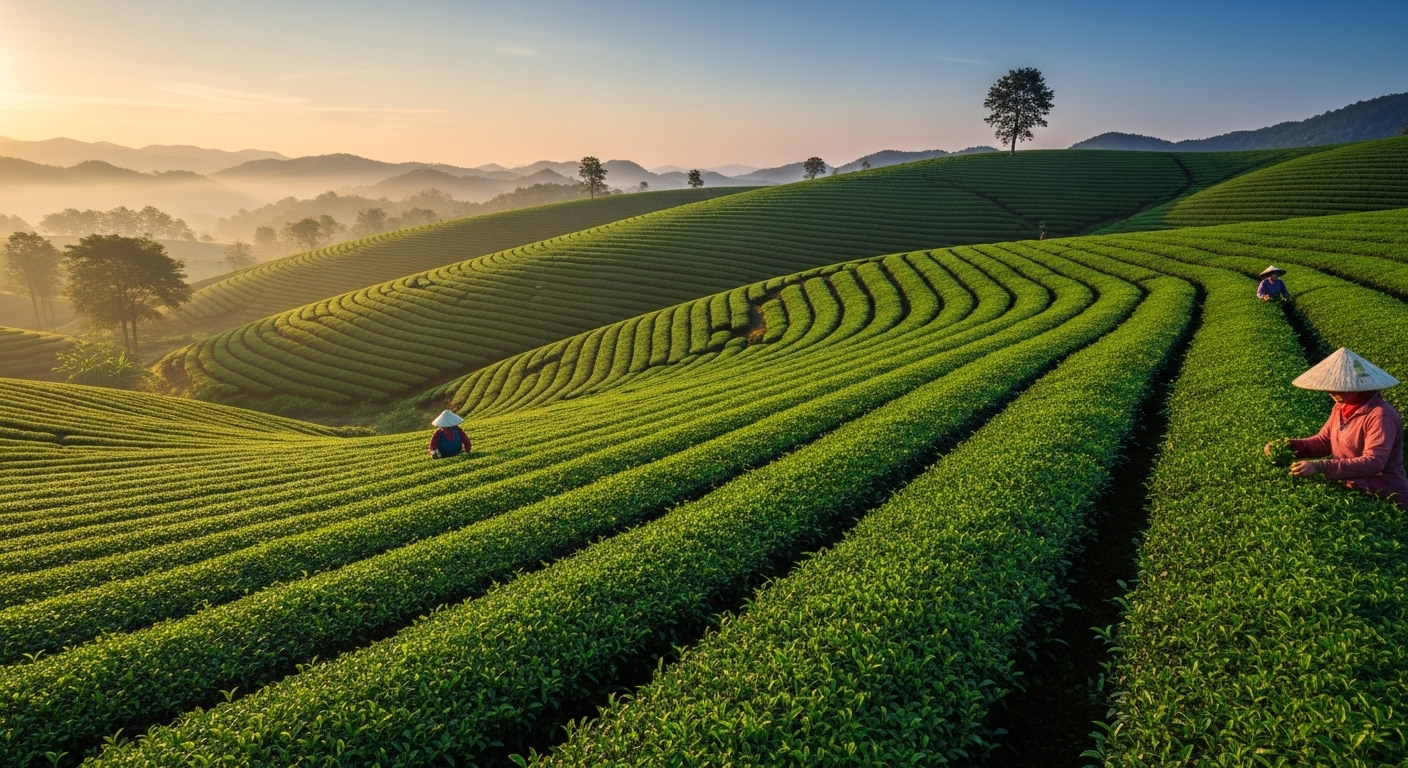Dr. Kumar’s Take
Caffeine is a naturally occurring methylxanthine synthesized by multiple plant species. It serves as both a defense molecule against insects and a modulator of pollinator behavior. Understanding its biosynthetic pathways helps explain why caffeine content varies so widely among plant species.
Key Takeaways
- Caffeine is produced by more than 60 plant species, including Coffea, Camellia, and Theobroma.
- It is synthesized via xanthosine methylation pathways involving specific N-methyltransferase enzymes.
- Accumulation occurs mainly in leaves and seeds, where it deters herbivory and microbial attack.
- Caffeine concentration differs markedly by species, environment, and organ maturity.
Actionable Tip
Caffeine’s natural diversity in plants explains differences in potency among beverages. Green tea, coffee, and cacao all express unique enzyme variants influencing content and taste.
Study Summary
This biochemical review outlines the known distribution and biosynthetic mechanisms of caffeine in plants, emphasizing enzyme specificity and ecological function.
Study Design / Methods
- Type: Biochemical and comparative botanical review
- Scope: Enzymatic pathways, gene expression studies, interspecies comparisons
- Focus: Methyltransferase enzyme families and caffeine accumulation patterns
Results
- The main biosynthetic route involves xanthosine → 7-methylxanthosine → caffeine through sequential methylation.
- Independent evolution of caffeine biosynthesis occurred in coffee, tea, and cacao lineages.
- Environmental stressors (light, drought, pathogens) can upregulate caffeine synthesis genes.
Mechanism / Biological Rationale
Caffeine acts as a chemical defense compound by inhibiting insect feeding and microbial growth. It also serves as an allelopathic agent, suppressing germination of nearby competing plants.
Strengths & Limitations
- Strengths: Broad species comparison, enzymatic validation, ecological integration.
- Limitations: Data limited to model species; some pathway intermediates remain uncertain.
Related Studies and Research
- Caffeine in Floral Nectar and Pollinator Memory
- Caffeine Explained — Podcast
- Distribution of Caffeine in Human Beverages
- Coffee Consumption and Health: Umbrella Review
FAQ
Why do plants produce caffeine?
For defense against insects, pathogens, and competing plants.
Do all caffeine-producing plants use the same pathway?
No. Coffee, tea, and cacao evolved caffeine synthesis independently.
Can environmental stress affect caffeine levels?
Yes. Light exposure and drought can increase synthesis through stress signaling pathways.
Conclusion:
Caffeine evolved as a multifunctional plant metabolite involved in defense and ecological communication. Its biosynthesis reflects convergent evolution and adaptive advantage across diverse plant families.


